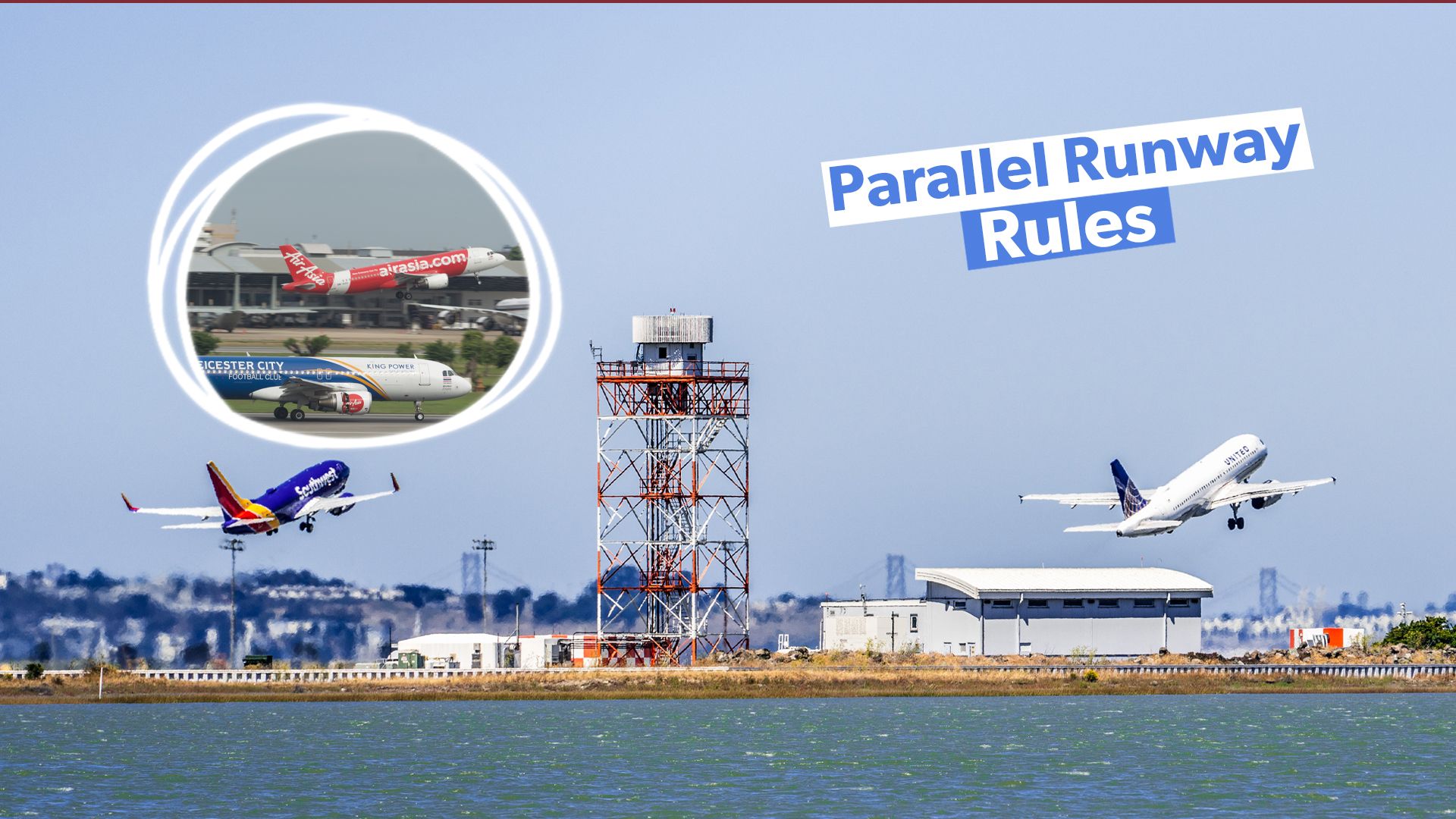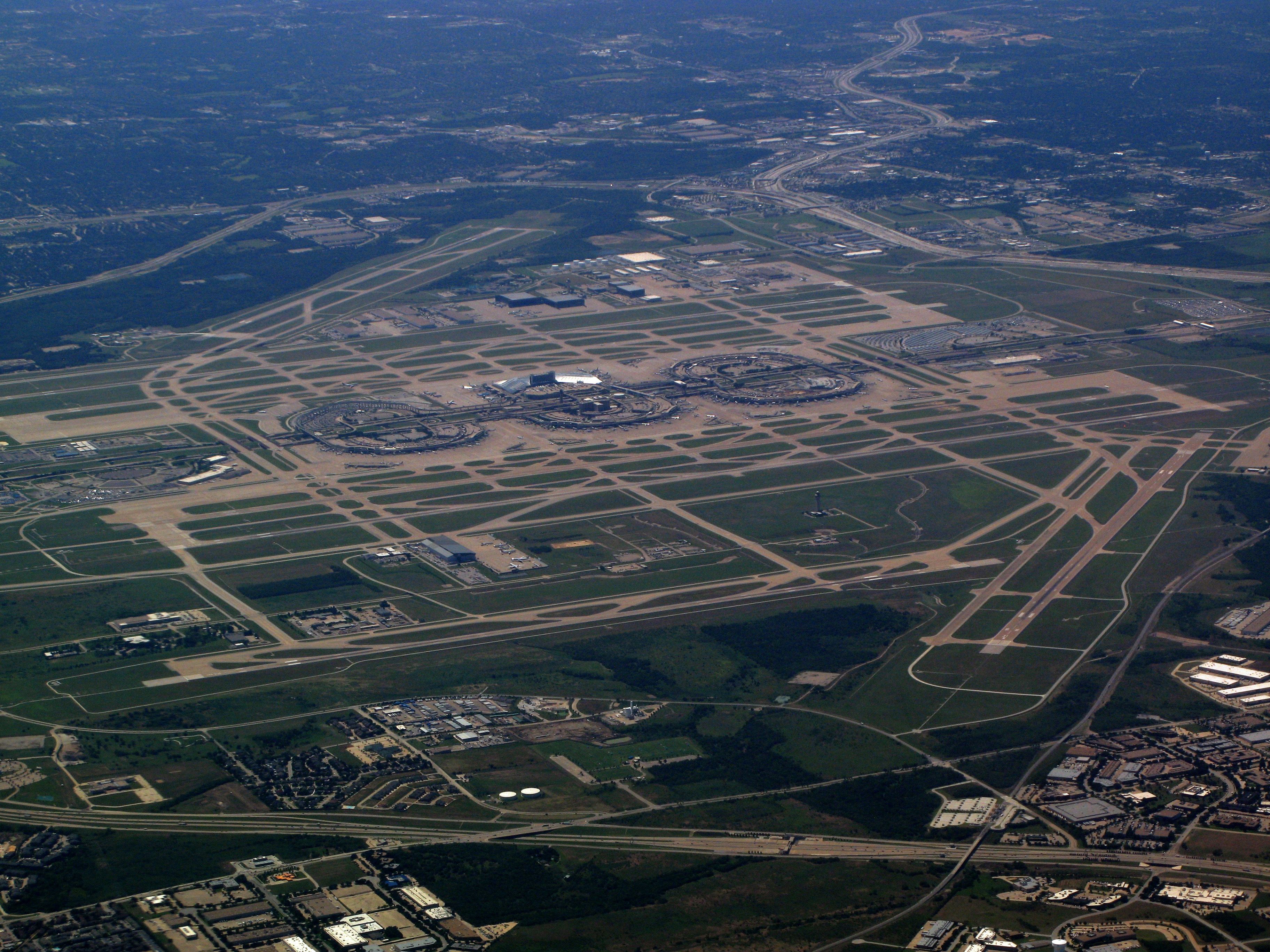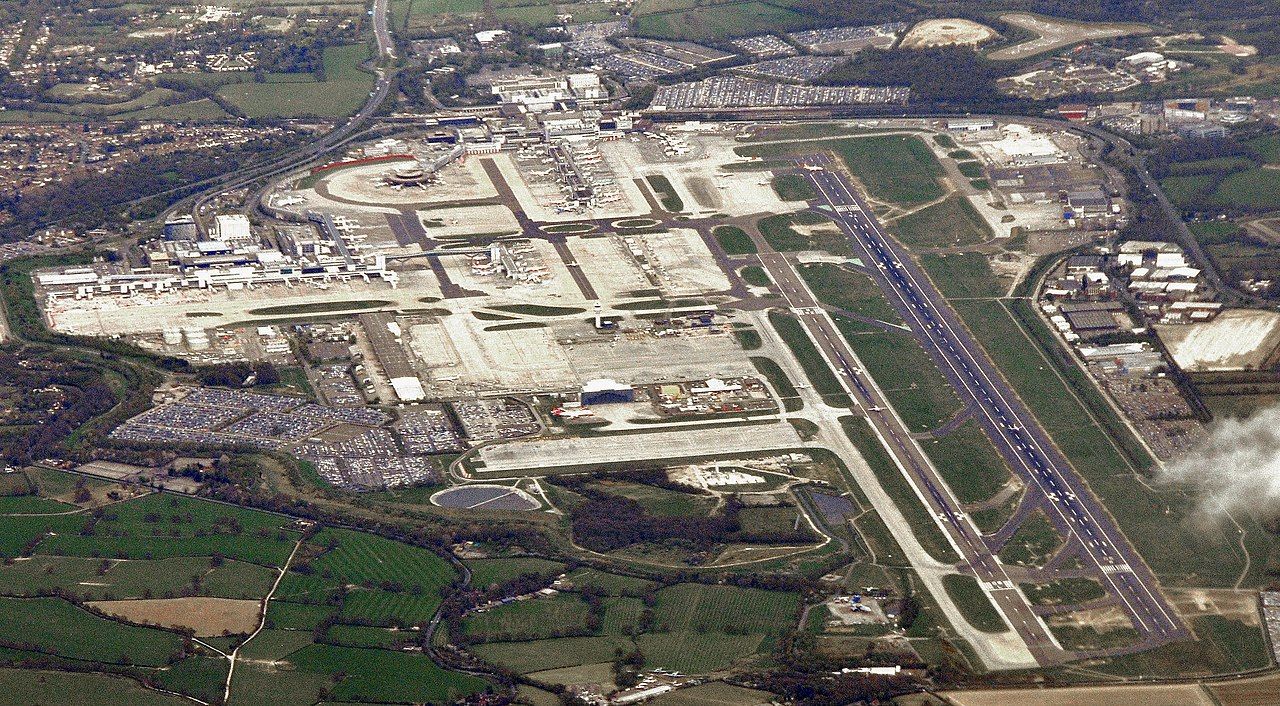Today we will look at airports with parallel runways and the rules that dictate their use. Before we get into that, though, what are parallel runways? Parallel runways
can be described as two or more runways at an airport whose centerlines run parallel to one another.
They are always designated as left or right (and, as such, have a large painted L or R) depending upon the direction, and if the airport has three parallel runways, the center runway will be marked with the letter C. An example of an airport with three runways is King Abdulaziz International Airport (JED) in Jeddah, Saudi Arabia. The three runways at Jeddah Airport are:
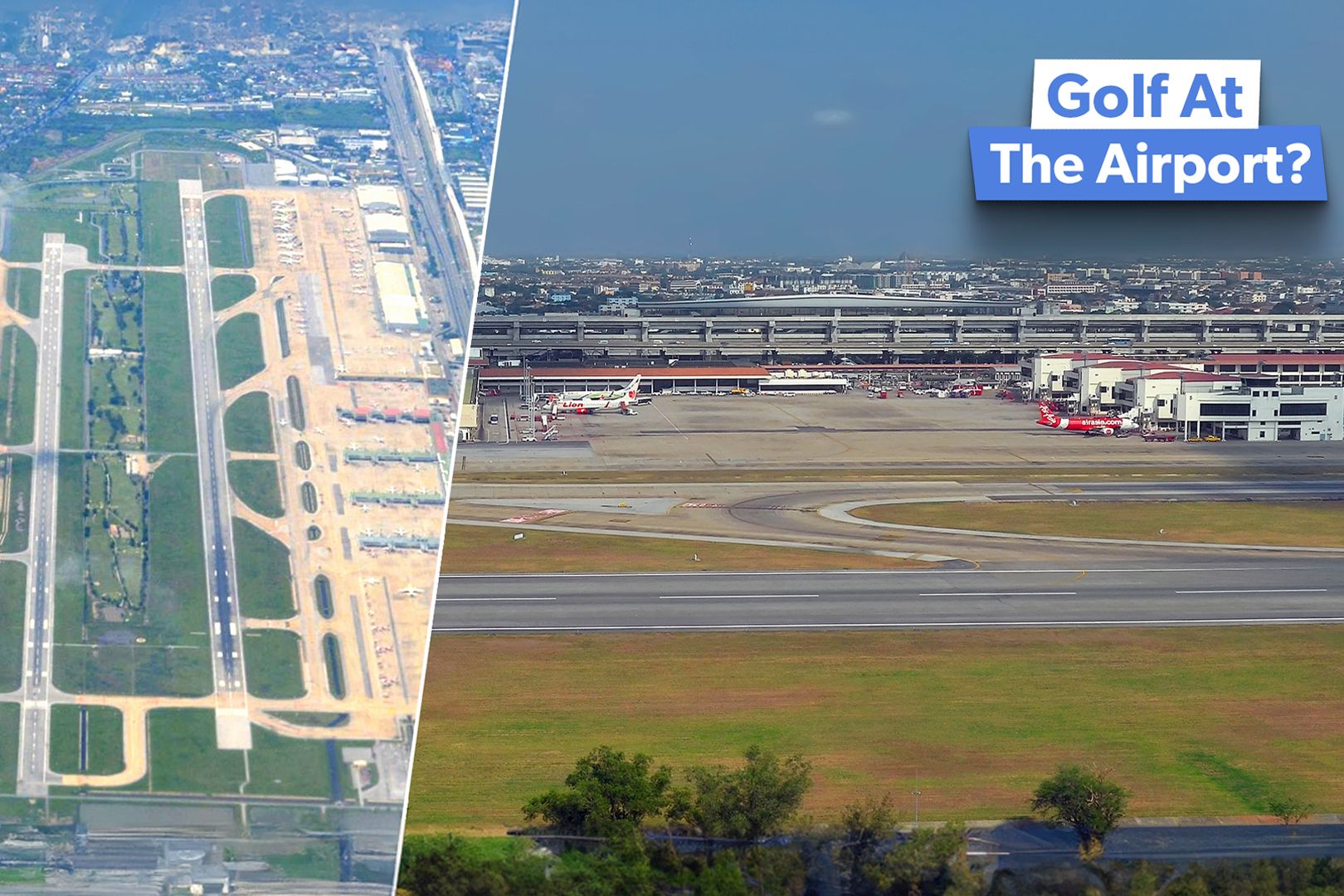
Related
Bangkok Don Mueang Airport Has A Golf Course Between Its Runways: Here’s What You Should Know
It is only a matter of time before Don Mueang International Airport loses its golf course.
Different rules apply depending on the distance between runways
When the centerlines of each parallel runway are less than 9,000 feet apart, special procedures are put in place to ensure the separation of aircraft that are approaching simultaneously. If the runways are more than 9,000 feet apart, or 9,200 feet at elevations above 5,000 feet, no specific rules are applied to simultaneous landings providing the aircraft involved are on their final approach to the runway.
The pilots of aircraft flying to airports where simultaneous landings take place will be informed by the airport’s Automatic Terminal Information Service (ATIS). Landing on parallel runways requires pilots to be more alert and situationally aware. Before landing, pilots need to check airport approach charts and understand the following points:
- Name and number of the runways they are landing on
- The location and proximity to any adjacent runways
- Be aware of the airport localizer frequency to receive final approach information.
- The aircraft inbound course
- The glideslope and altitude
- The decision height
- The procedures for a missed approach
Pilots must be aware of other aircraft in the vicinity conducting landings on adjacent runways and report to Air Traffic Control (ATC) if their navigational systems fail. During simultaneous landings, pilots are asked to keep radio communications to a minimum and avoid unnecessary radio transmissions. When conducting simultaneous landings, the aircraft’s Traffic Collision Avoidance Systems (TCAS) provide an additional level of safety.
What are the operational advantages of operating multiple runways?
There are several reasons why an airport might choose to operate multiple parallel runways, and the most obvious of these is the potential extension. If an airport can double its operations, it can not only support more aircraft and allow more passengers to easily depart, arrive, and connect through the facility, but it can also help generate more revenue.
Often, an airport is most busy during a handful of hours per day, and, as a result, these are the times during which landing slots are the most expensive and takeoff and gate fees are their highest. The ability to double operations during the peak hours of the day can be a godsend for airports that are reaching maximum capacity and can make life significantly easier for air traffic controllers, of which there already is a shortage.
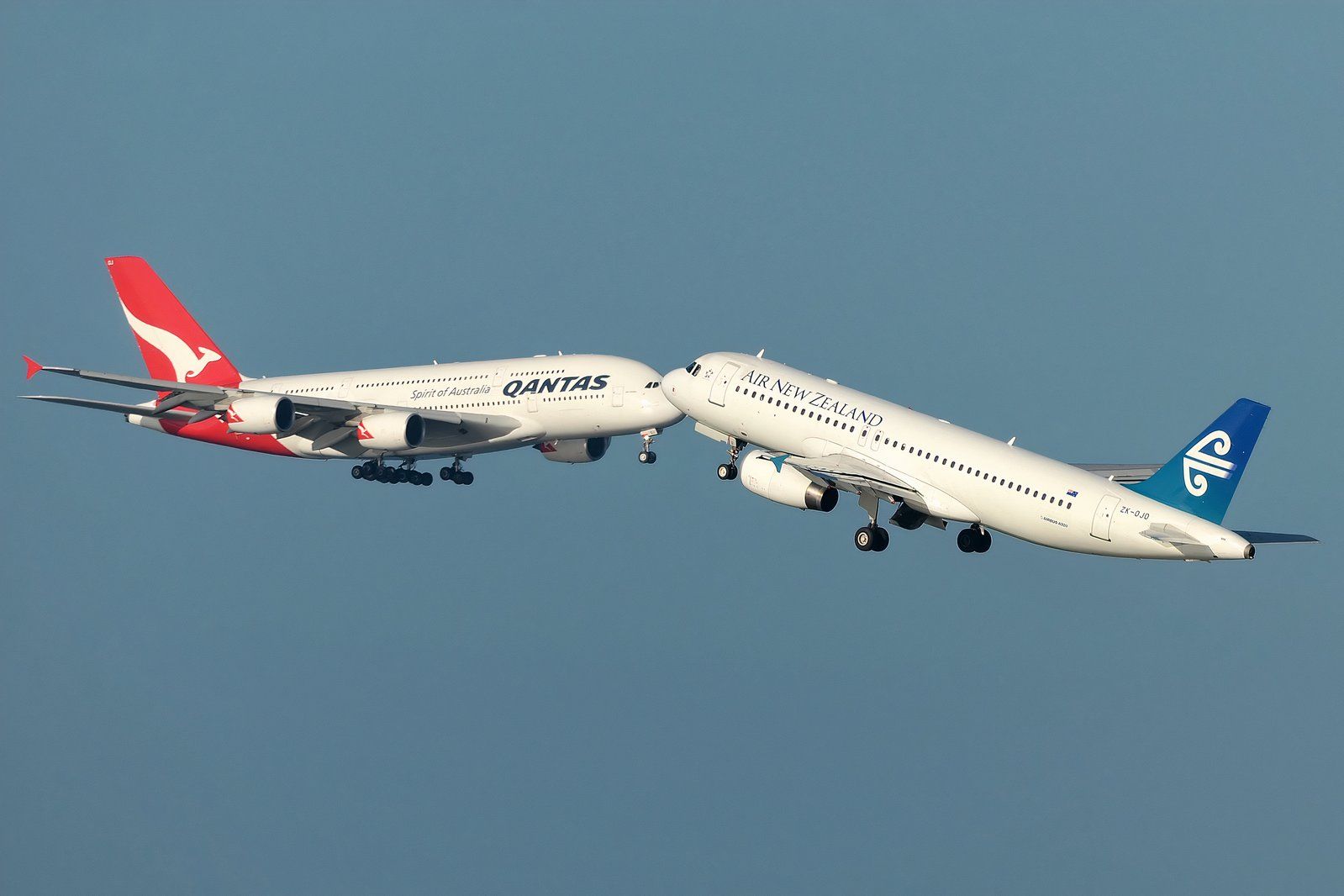
Related
SODPROPS: What Are Simultaneous Opposite Direction Parallel Runway Operations & How Do They Work?
SODPROPS operations help to alleviate noise in residential areas.
Furthermore, operating multiple runways can be critical for preventing delays. Runways require an unbelievable amount of maintenance, and when such repairs are being performed the runway will usually need to be completely closed for passenger operations. With multiple runways available, it is not difficult for an airport to perform maintenance on one runway while keeping the others available for operation.
A handful of US airports include parallel runways, at which witnessing simultaneous parallel landings is not all that uncommon. These include the following:
|
Airport: |
Parallel runways: |
|---|---|
|
San Francisco International Airport (SFO): |
10L 28R & 10R 28L, 01R 19L & 01L 19R |
|
Dallas/Fort Worth International Airport (DFW): |
17L 35R & 17R 35L & 17C 35C, 13L 31R & 13R 31L, 18L 36R & 18R 36L |
|
Newark Liberty International Airport (EWR): |
4R 22L & 4L 22R |
|
Boston Logan International Airport (BOS): |
4L 22R & 4R 22L, 15L 33R & 15R 33L |
Why do airports have multiple runways?
The reason airports have more than one runway is that it allows them to accommodate more flights and to be able to handle shifting winds better. When you think of airports with multiple runways, think of multiple-lane highways. By having more lanes, the highways can handle more cars and trucks.
Gatwick Airport desperately needs a second runway
The United Kingdom’s second-busiest airport is London Gatwick (LGW), located near Crawley, West Sussex, 30 miles south of central London. Gatwick is unique because it only has one runway yet still managed to handle over 46 million passengers in 2019. As the recovery from COVID-19 travel starts to build, it is evident to everyone that the airport is desperate for a second parallel runway.
London Gatwick’s Chief Executive Officer (CEO) Stewart Wingate knows this, which is why Gatwick Airport Limited has submitted plans to build a $2.8 billion second runway. The airport already has a smaller northern runway that it currently uses as a taxiway, and the goal is to develop it to handle the departures of smaller aircraft like Airbus A320s and Boeing 737s. When speaking about the project with the Sussex Express newspaper, airport CEO Wingate said:
“I have had teams working on this since 2017. We have publicly consulted in 2020 and 2021, they are professional teams, and we are very confident that the plans we have put forward explain very well the economic benefits, about £1 billion GVA to the local economy, the creation of around 14,000 jobs because of this scheme, 3,000 of which will be at the airport.”
Wingate went on to indicate that despite the potentially extensive negative impacts of the project, he and his team of experts had prepared a strong set of mitigations to limit the environmental impact of the expansion project. He concluded that, due to far greater benefits than drawbacks, the immediate approval of the project is necessary.
While it would improve operations at Gatwick dramatically, environmental groups and residents are opposed to the second runway. Many have indicated that the consequences of building this second runway, however, could prove problematic for noise pollution and carbon emissions.
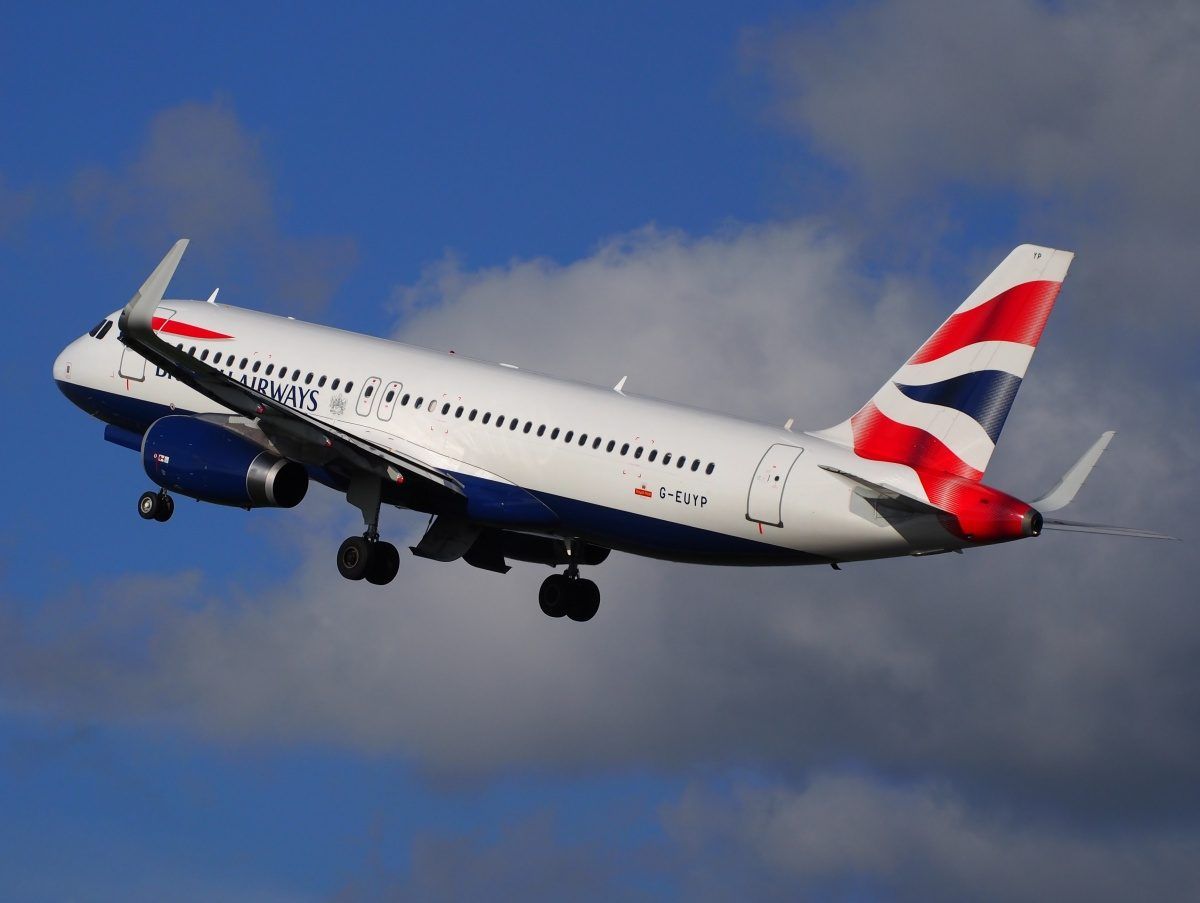
Related
IAG Continues Strong Criticism Of Heathrow Expansion
It is important to note that airport expansion projects in the United Kingdom have stalled multiple times in the past, and this is one factor that has led cities like London to have so many airports. Notable attempts to add a third runway to Heathrow Airport, which is one of the busiest double-runway airports in the entire world, have failed publicly many times.

